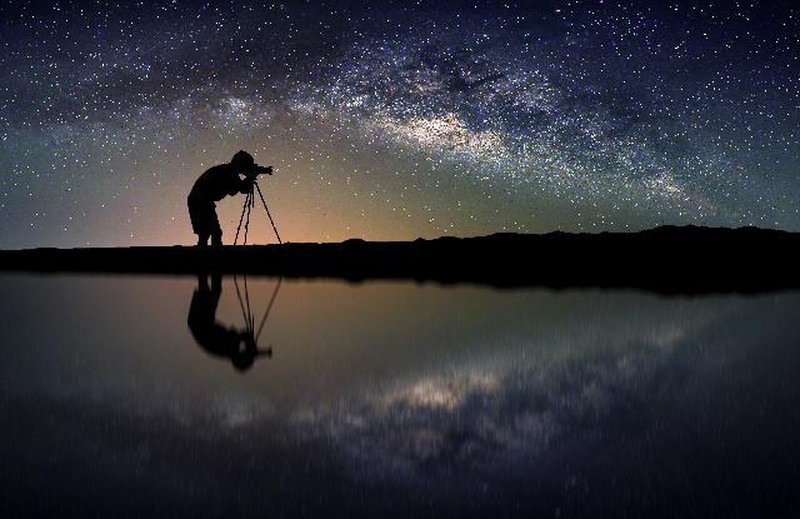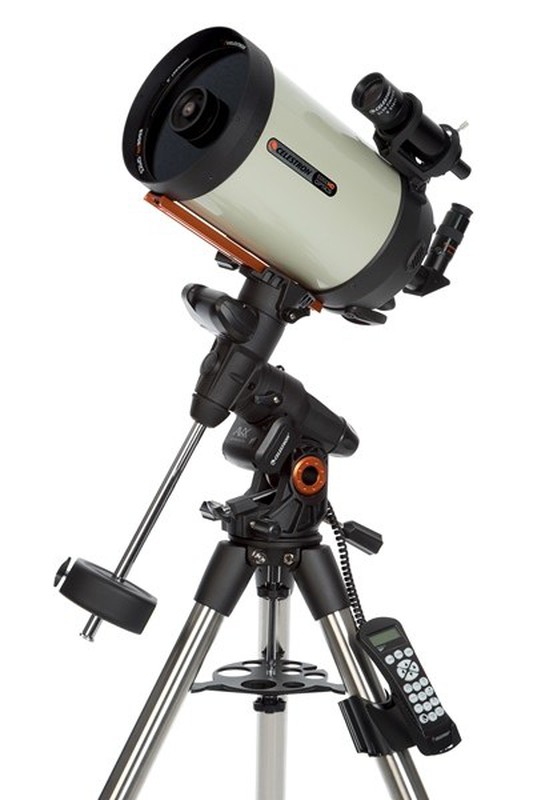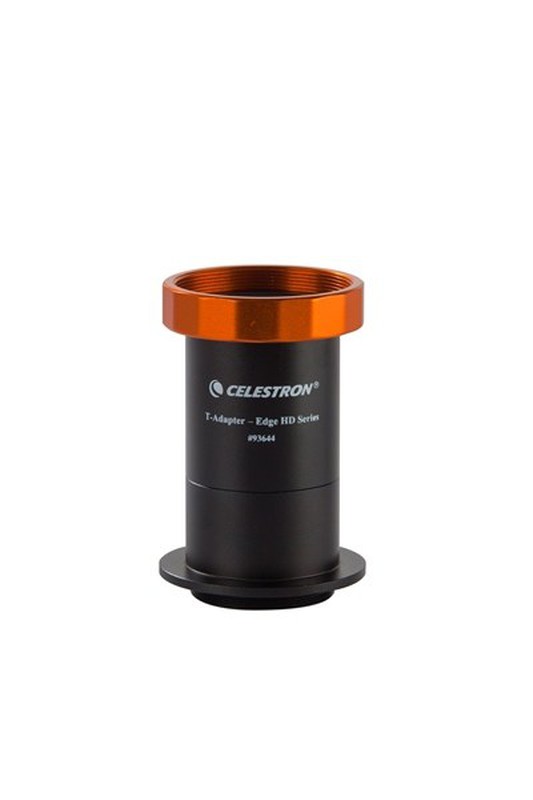Photographing the sky
Beyond astronomical observation, astrophotography is becoming the most fashionable facet of astronomy today.

The observer always has that concern to go further, in disagreement with what he can see and therefore try to find new challenges. When we go beyond astronomical observation we quickly think about taking a camera, adapting it to our telescope and trying to take a photograph , now, can we take astronomical photos with any telescope?
Well, no. Astrophotography is a complex facet and requires equipment with certain optical and physical characteristics, which basically fall to the mount and tracking. First, we ruled out astronomical photography (except for the moon) on those manual-tracking telescopes and also on those with high-mount rim telescopes, except for short or very short exposures.
The ideal requirements are computerized telescopes or GO-TO with equatorial mount, which have an optical system with a superior treatment, to optimize the definition of color, contrast, luminosity, etc ..., in this case the most optimal optical treatment would be HD or high definition.
Now that we know with which telescopes we can take astronomical photographs, we must know what equipment we will need:
Conventional system with reflex camera:
- T adapter: Adapter that is located between the telescope and the T2 ring
- T2 ring: Adapter ring between the camera body and the T adapter (specific to each camera)
- Reflex camera to primary focus
Digital CMOS or CCD system:
- CMOS or CCD camera
- Camera to Telescope Adapter (1.25 "/ 2")
- Mount connection
- PC connection via USB
- software
Photography with CCD or CMOS system fully enters the digital dimension. The device attached to the telescope captures the images and transmits them to a computer device through a USB, from there the built-in software allows the treatment of the image
Astrophotography is a complex field, apart from taking the photo itself, post-processing is much more important, both in the case of analog photography and digital photography with CCD systems.
Thus we enter an endless world of accessories and accessories to try to get that ideal photo. Among these essential accessories we highlight astronomical filters, a basic tool for both planetary and deep sky photography.
It is important to know what type of photography we are going to take, we differentiate between deep sky, planetary and solar photography. As well as the type of telescope that we are going to use, be it a refractor, reflector or schmidt-cassegrain.
For deep sky photography of galaxies and nebulae, a telescope with the possibility of obtaining short focal lengths, focal reducer and specific filters is essential.
Planetary photography is "simpler" than deep sky photography. Although filters will also be essential, especially to capture details of little-contrasted planets with the naked eye.







Opinions of our clients
Receive our news